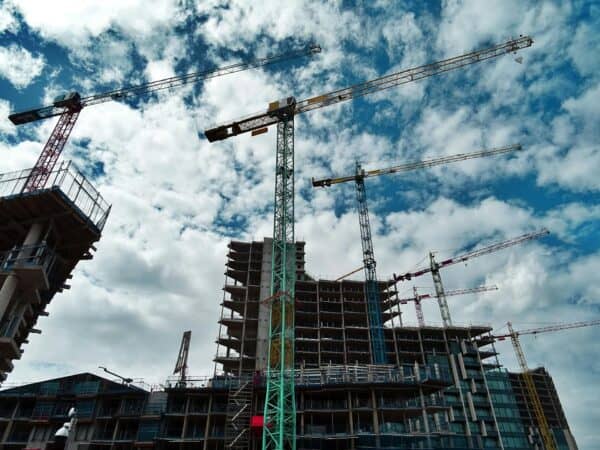
On a construction job-site, safety needs to be your number one priority. That requires you to make routine safety checks, often periodically throughout the day.
But how many safety checks should you do, and how should you execute them? In other words, how do you manage safety checks on a construction job-site?
Why Safety Checks Are Important
Hopefully, you know that safety is important in a construction environment. Not only is it a moral and ethical duty to keep your employees and contractors safe, but maintaining a safe job-site keeps the project on track and minimizes your potential liabilities.
But why are frequent safety checks so important? Essentially, this is a system of accountability that make sure there are no gaps in your safety protocols. Routine checks give you an opportunity to account for human error and catch potential flaws that might otherwise lead to accidents. Because safety checks are typically quick and easy, they represent a minimal investment with potentially huge payoffs.
So what steps can you take to manage safety checks more effectively on your job-site?
Appoint a Leader
Strong leadership makes it much easier to maintain your safety culture and maintain safety checks appropriately. If you have a leader who takes safety very seriously, and they’re good at their job, you should have no trouble building and maintaining an efficient system for safety checks. Your employees will all know what’s expected of them and your workflows should rarely, if ever, be interrupted.
Finding good leaders who prioritize safety can be difficult, especially if you’re looking for other experience and core qualities in your leadership candidates. However, if you want to maintain a safe environment, this is non-negotiable.
Document a Process
There are many conceivable approaches to managing safety checks, but no matter what, you’ll want to document your processes. This forces you to be objective and consistent in how you approach safety checks, and it makes training and education of your employees much easier. On top of that, documenting your process makes it easier to prove the safety measures you have in place should your job-site ever experience an accident. And if you have a change in leadership or personnel, the documentation will make the subsequent transition process much easier.
Create Checklists
In line with this, you should create itemized checklists for all your safety checks. What exactly should you be looking for? What are the signs that something is wrong or off? Checklists improve both consistency and accountability.
Be Ready to Delegate
No single person can do everything by themselves. Accordingly, you need to be ready to delegate some of these safety responsibilities. Make sure all your employees are equipped with the knowledge and experience necessary to execute safety checks independently.
Watch for New Risks and Changes
Be especially mindful of events and circumstances that introduce new risks and changes.
For example:
- Shift changes. During the shift change, there can be considerable chaos. People come and go, equipment changes hands, and much can be lost in the transition.
- Equipment changes. New equipment or changes in equipment can also introduce new risks and threats.
- Recent incidents. If your job-site has suffered a recent incident, you should be especially cautious to guard against such incidents in the future.
Be Mindful of Gaps and Mistakes
Even the most robust safety checks can sometimes leave gaps and be vulnerable to human errors. There are many ways to compensate for this, such as by building in redundant processes and ensuring accountability by appointing multiple responsible parties. You should also have a thorough review process in place.
Engage With Employees Directly
You may know that employee engagement is important for productivity and efficiency. It’s also important for safety checks. Make sure you’re engaging with employees directly, and that they understand how important these safety checks are. Otherwise, employees may become likely to take them less seriously.
Focus on Both Quality and Quantity
When it comes to safety checks, you need to consider both quality and quantity. Simply conducting more safety checks isn’t going to make your job-site much safer, and a single, excellent safety check won’t do much better. You need periodic safety checks throughout the day, and you need to keep them relatively high quality.
Be Ready to Adapt
Finally, be ready to adapt. Your first approach to safety check these processes may not be perfect, so learn from your mistakes, accept feedback, and keep improving.
Managing safety checks on a construction job-site is a big responsibility, and one that shouldn’t be the burden of a single member of your organization. With the right management approach, you can keep your job-site safer, more organized, and potentially even more productive.
 Gearfuse Technology, Science, Culture & More
Gearfuse Technology, Science, Culture & More


